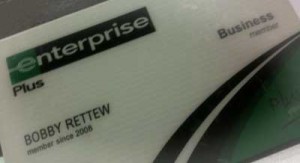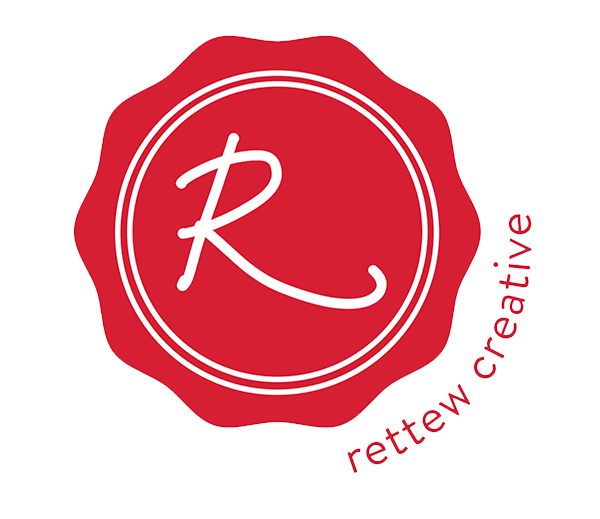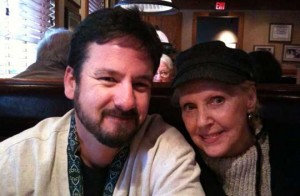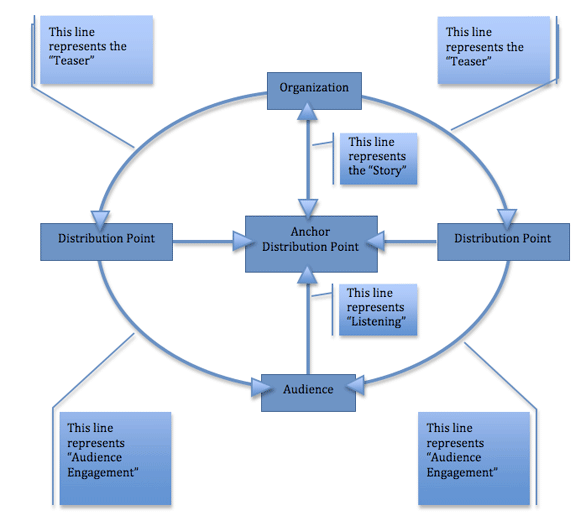There are so many layers to a story, and those layers can continually evolve regardless of time!
I was riding home from Charleston, SC a few days ago. The wife and I were tired and it was getting close to 8pm, a long day visiting my sister-in-law Susanna at the College of Charleston. As we were navigating the back-roads of this I-385 detour, my iPhone began ringing with an unfamiliar phone number displayed. This self-employeed businessman never passes up an opportunity to talk about business, so I answered. The gentleman introduced himself and called me by my name…he said, “My name is Gary and I helped your family three years ago when I worked for Enterprise Rent-A-Car in Columbia.” This begins our little journey.
This story ultimately begins with a trip. My wife’s family is notorious for packing a car full of family and that car is notorious for breaking down at the worst of times. This time it was a hot spring day, Friday afternoon traffic in Columbia, SC. Seriously, 5pm traffic on Interstate 26 towards Bowman, SC. Bowman was their destination, where my wife’s grandfather had passed away. They needed to be at the funeral home before 6:30pm, to greet family and friends the day before the funeral. Stuck on the side of the road, they do what they normally do…call me. Being two hours behind them, I did what I knew best…call Enterprise Rent-A-Car, because they have a simple motto, “We’re Enterprise, we’ll pick you up!”

After hearing this story, I wrote a series of letters to his boss, the corporate office, and the southeastern manager. A series of thank you notes. It probably took an hour of my time. He had the time to help my family, I had the time to tell Enterprise…because of Gary, they now have a loyal customer.
Back to the phone call. So while talking to Gary on the phone, he began telling me that it was those letters that prompted him to call me. He was calling to thank me. He told me that those thank you letters changed his life. HOLD ON? I asked, “what do you mean, changed your life?”
He continued explaining; because of that letter, he was immediately promoted to a marketing division. After a while, and a few downsizing efforts, he was laid off. I immediately perked up and wondered where this conversation was leading. He went on to explain that he took some time to consider what was next after Enterprise. He had enjoyed investing his retirement package at Enterprise and began helping family and friends with their portfolio. This prompted him to begin researching the business of investments. After a series of meetings, many certification tests, several interviews, and a long training process…it was decision time for Edward Jones Investments. He went to meet with a VP of Edward Jones, and as a part of his application package for his own branch, he included this very letter from that I wrote to Enterprise. The VP basically told him that this letter was the only thing he needed to make his decision.
So Gary was calling me on this day, March 1st to thank me. You see, it was March 1st…this day that his branch in Lexington, SC was opening for the first time! He had reached his dream, to own his own business, be his own boss, and help people. He was thanking me for writing that letter. What he did not realize, while he was thanking me, tears were running down my eyes. I was actually thanking him, because this story, this day brought a new meaning to my life. It was this day he had changed my life. His one phone call, his few minutes thanking me made me see the world in a difference way. He had once again made a serious impact in my life.
It is amazing what a thank you note will do. It is amazing the residual effect from a single gesture. It is amazing the layers to this story, that connected us once again. I have yet to meet Gary, but I will be making a trip to shake his hand. Thanks Gary, thank you for being you. You are an inspiration!
This post is dedicated to a few people:
- To Denise Weathers, my mother-in-law who is no longer with us but made a tremendous impression on Gary that day!
- To John Warner who taught me the value of a simple social media called a thank you note!
- To Bob Dotson who has helped me learn the value of the red-string and finding those stories with layers.

 You see, it was that day the young owner of this Fatz Cafe had talked Shryl into coming back part time. That owner knew that Shryl had a tribe, a group of people that enjoyed seeing her smiling face….that special touch when it comes to true customer service. I made a new friend that day and I will never see Fatz Cafe as just the building that serves great fried chicken strips, I will see it as the place where I can come talk to a friend and the fried chicken strips are the bonus.
You see, it was that day the young owner of this Fatz Cafe had talked Shryl into coming back part time. That owner knew that Shryl had a tribe, a group of people that enjoyed seeing her smiling face….that special touch when it comes to true customer service. I made a new friend that day and I will never see Fatz Cafe as just the building that serves great fried chicken strips, I will see it as the place where I can come talk to a friend and the fried chicken strips are the bonus. Use frequency when telling these stories. Find the people that have stories that change a view-point, raise someone’s’ awareness, or reveal a new idea…and tell those stories. Tell them on a regular basis. Identify the layers of the stories and use those layers as the frequency. Each time you tell a story, peel away one more layer…one more piece of the bigger story. As one more piece is revealed and each micro story is told…the audience gains a bigger insight into the “red-string”.
Use frequency when telling these stories. Find the people that have stories that change a view-point, raise someone’s’ awareness, or reveal a new idea…and tell those stories. Tell them on a regular basis. Identify the layers of the stories and use those layers as the frequency. Each time you tell a story, peel away one more layer…one more piece of the bigger story. As one more piece is revealed and each micro story is told…the audience gains a bigger insight into the “red-string”.